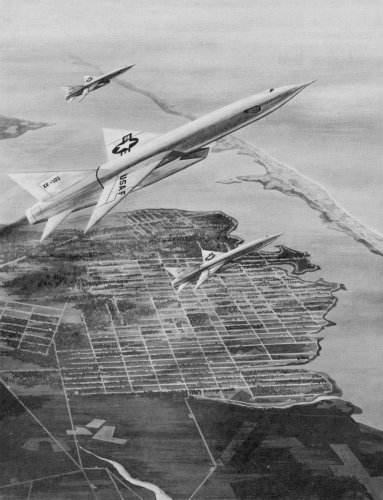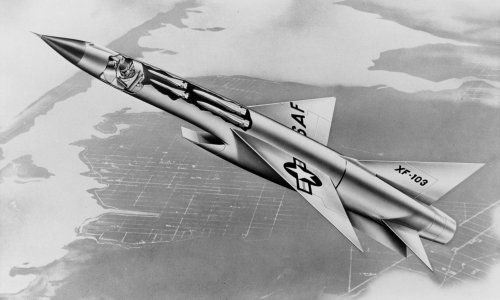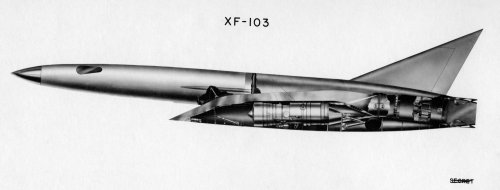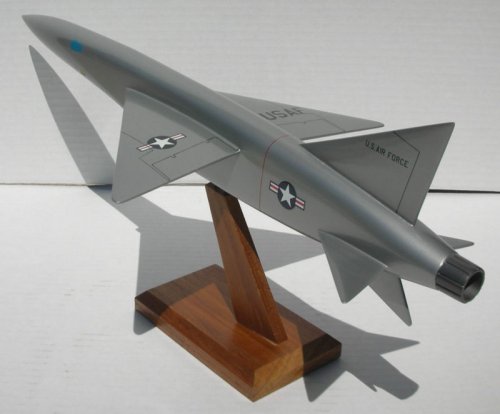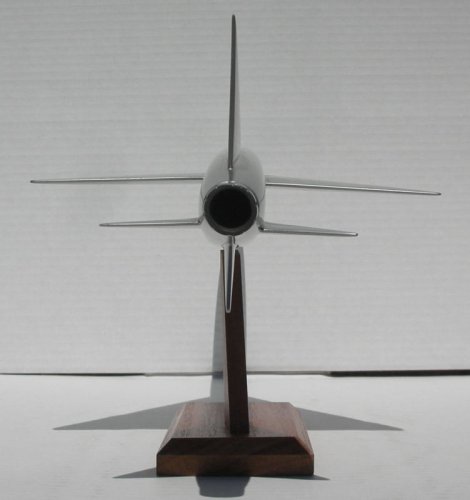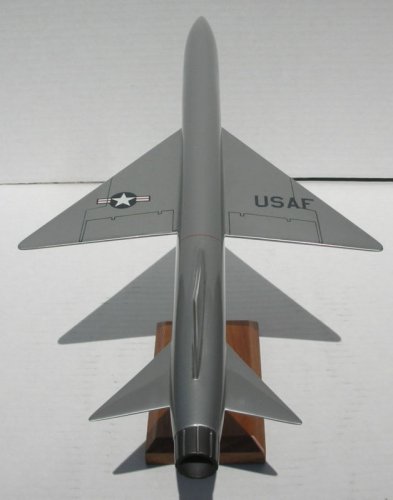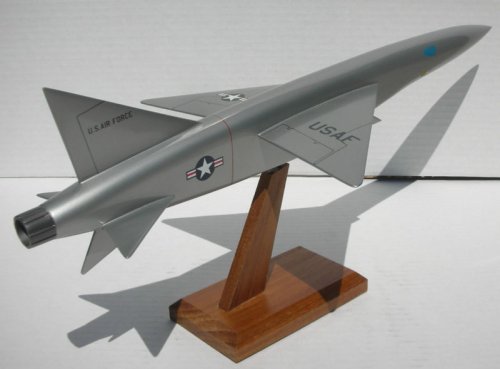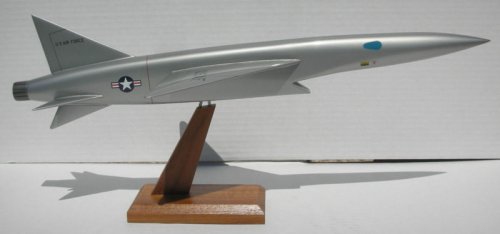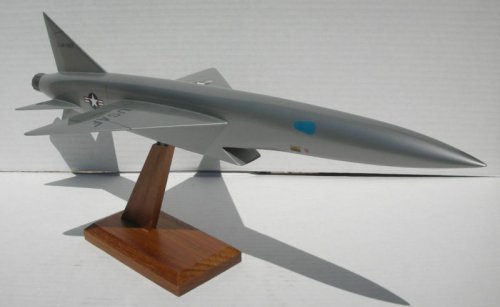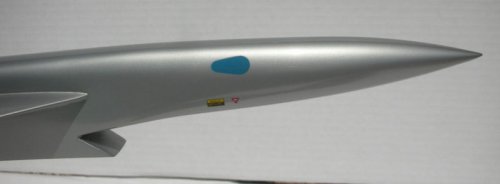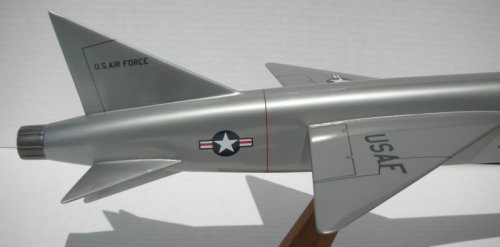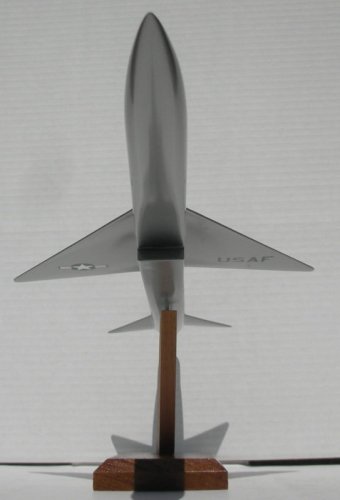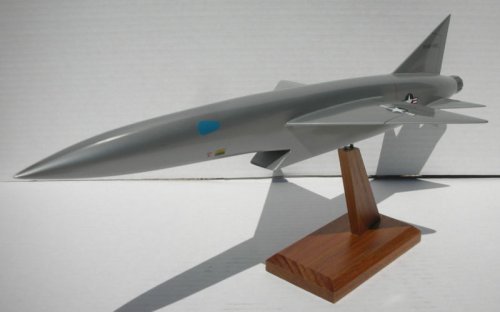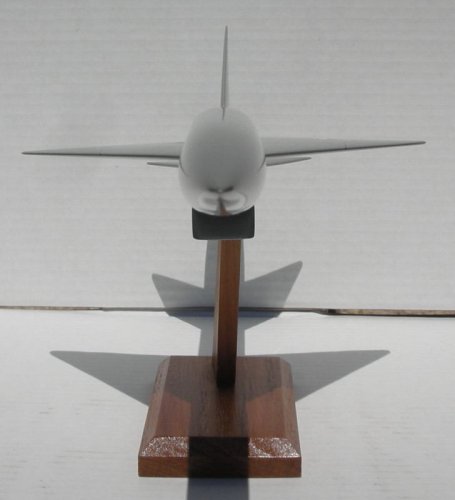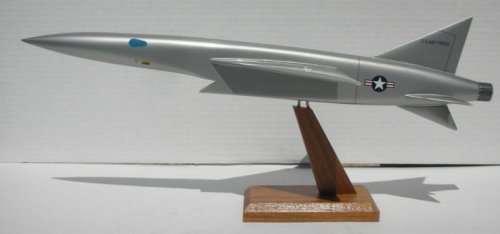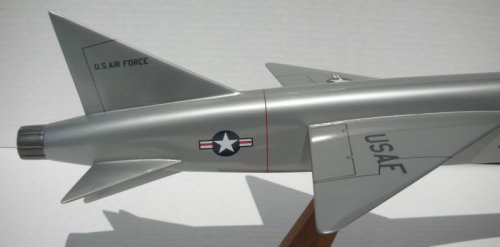- Joined
- 27 December 2005
- Messages
- 17,753
- Reaction score
- 26,463
Well, a DVD would be awesome. Limited resolution though.
Its also possible to capture images directly from the film. You'd try this after getting the film transferred as you might accidentally damage it or get fingerprints on it... You'd need one of the following, bearing in mind each frame is very small...
1) a high-res film scanner with 16mm film adapter
2) a good high-res flatbed scanner with transparency support and some considerable luck
3) a 16mm projector, a projection screen, a digital camera & tripod.
4) a lighttable/lightbox and a nice DSLR type digital camera with good zoom & tripod.
I've seen excellent results from 16mm film mounted on a light table photographed with a high quality DSLR camera.
Its also possible to capture images directly from the film. You'd try this after getting the film transferred as you might accidentally damage it or get fingerprints on it... You'd need one of the following, bearing in mind each frame is very small...
1) a high-res film scanner with 16mm film adapter
2) a good high-res flatbed scanner with transparency support and some considerable luck
3) a 16mm projector, a projection screen, a digital camera & tripod.
4) a lighttable/lightbox and a nice DSLR type digital camera with good zoom & tripod.
I've seen excellent results from 16mm film mounted on a light table photographed with a high quality DSLR camera.

